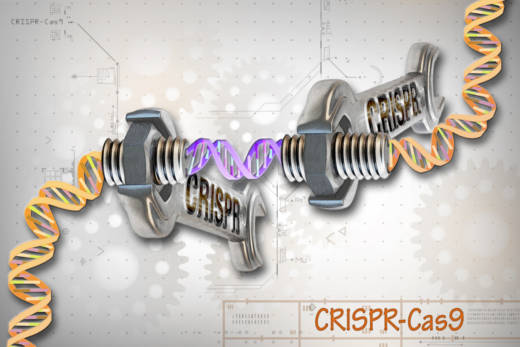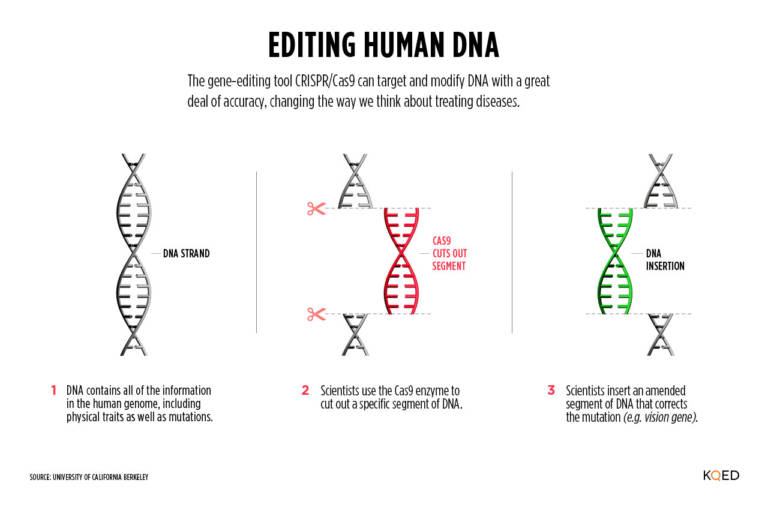The announcement came the day before the start of the Second International Summit on Human Genome Editing in Hong Kong, where these ethical concerns were set to be discussed and where He is scheduled to speak on Wednesday.
A graduate of Rice University and Stanford, He returned to China as part of a program to encourage the best and brightest scientists to come back to China. He is currently affiliated with the Southern University of Science and Technology in Shenzhen, though the university issued a statement saying he’s been on leave and this experiment was not conducted with their approval. The hospital cited on paperwork filed with Chinese authorities is now also disavowing any knowledge of the project.
If you’re looking for more context, here’s what to read:
YouTube and Associated Press: Straight from the source
A good place to start is with He’s own words. In conjunction with the announcement, He published a series of promotional YouTube videos explaining his claims in English and why he did what he says he did. He also gave an exclusive interview with the Associated Press that offers some insight into his experiment and background. While the Associated Press raises questions about whether or not the experiment’s subjects knew what they were agreeing to, the story also quotes a hospital official as saying the research was ethical and cites a professor at Rice University as being involved in and supportive of the work. (That professor is now under investigation by the university.)
MIT Technology Review: An advance investigation
Although He unveiled his claims in dramatic fashion, it can be illuminating to read the MIT Technology Review investigation that ran the day before He’s announcement. Reporters there had unearthed, on their own, the Chinese documents He filed in early November notifying authorities that a clinical trial was underway — though some documents were dated as early as March. The Review reporters also did background research into He and on recent scientific talks he’s given on the subject of gene editing. They noted he returned to China to found a DNA sequencing company called Direct Genomics, and had recently commissioned an opinion poll on the topic and had hired an American PR firm.
Response and statements from other scientists
There has been a fairly critical outcry from scientists and the community involved in gene-editing research. An international conference on human genome editing in Hong Kong, which started the day after He’s announcement and at which he was scheduled to speak at a smaller talk, has been overshadowed by concerns he jumped the ethical gun. You can read the statement from Dr. Jennifer Doudna, the UC Berkeley professor who co-invented the technique. While response from the public within China has been more laudatory, 122 scientists issued a joint statement on Weibo (the Chinese social media platform). HarMoniCare Shenzhen Women and Children’s Hospital has also released a statement that they do not believe they approved the procedure, despite records stating otherwise. It’s currently unclear where he carried out the research and who paid for it.
A blogger raises questions
It can be difficult to get a sense of what’s being said in off-line conversations and behind the firewall in China. The blog, For Better Science, has aggregated international (including Chinese) comments and criticisms, with translations. They also published a guest post that went through a number of original sources to point out inconsistencies and questions about the announcement. (Keep in mind, though, this is still a blog and not a formal publication.)
Comprehensive criticism from STAT
The most comprehensive overview of He’s background, statements, experiment, and the various criticisms of all of the above has come from STAT. The publication, which also has reporters at the conference in Hong Kong and has long followed the progress of CRISPR, published a fairly in-depth look into some of his previous speeches and work on the subject. That includes He’s urging for others to move slowly and patiently with gene-editing, and a call for “an open dialogue” when it comes to ethical concerns.

